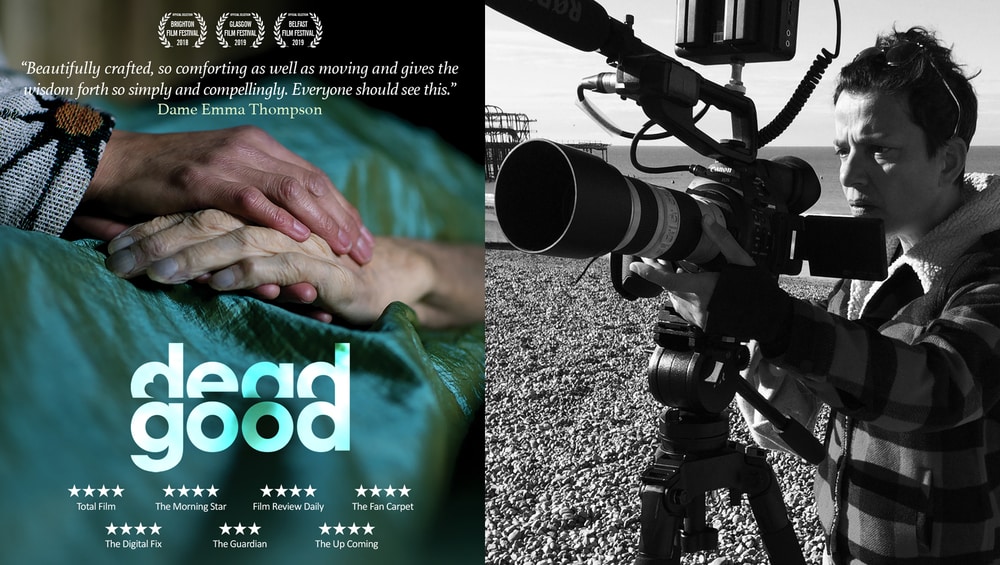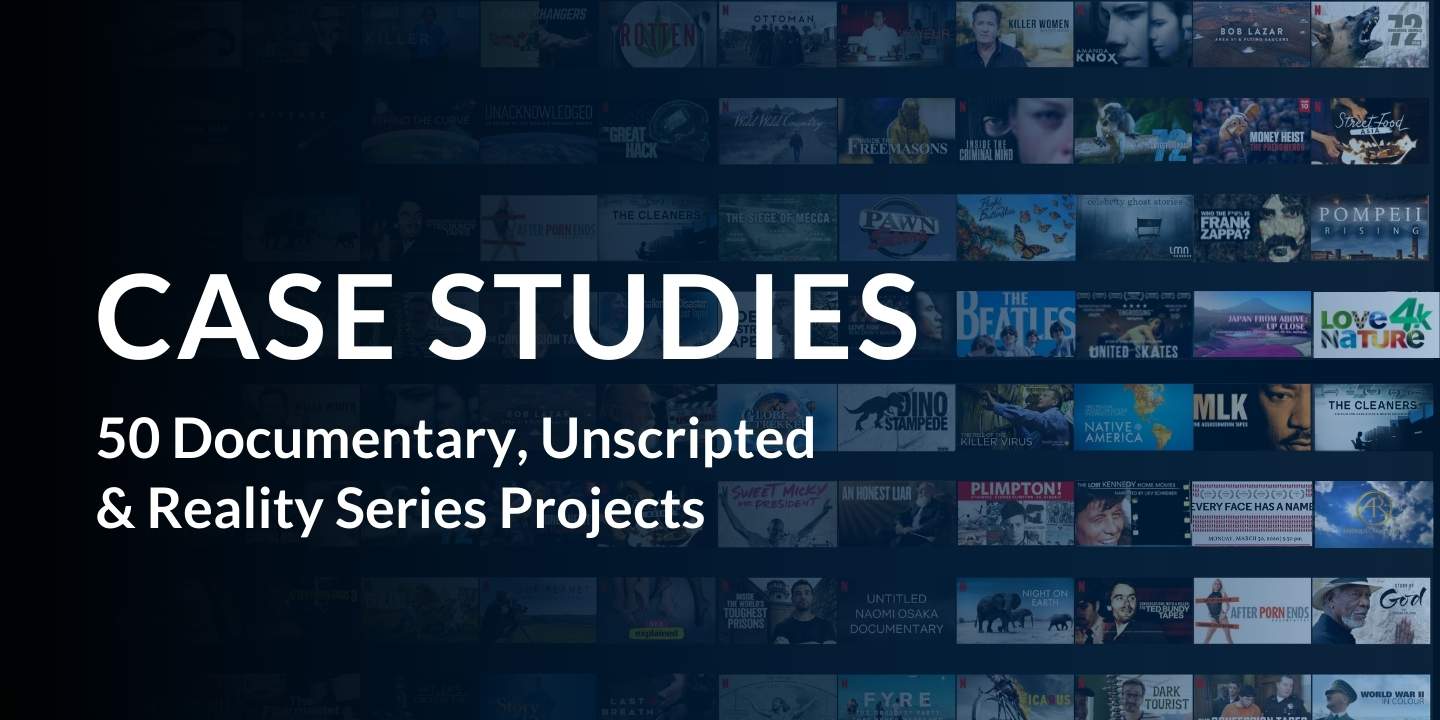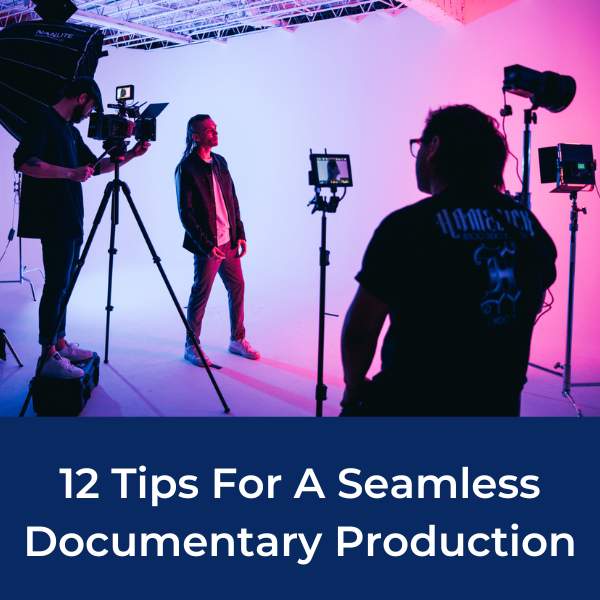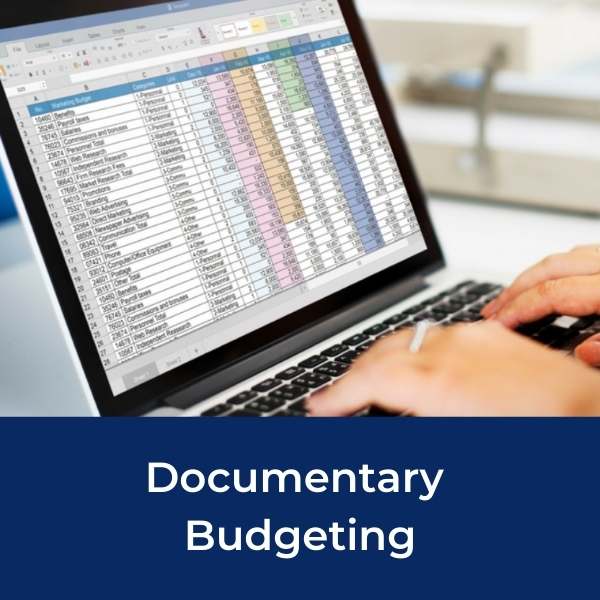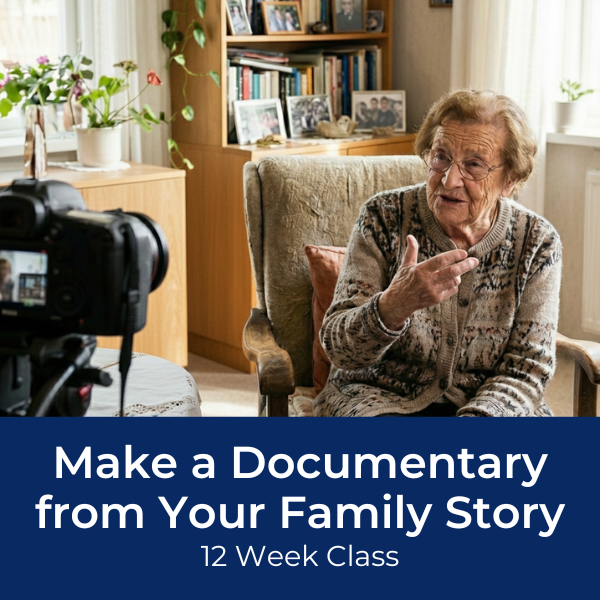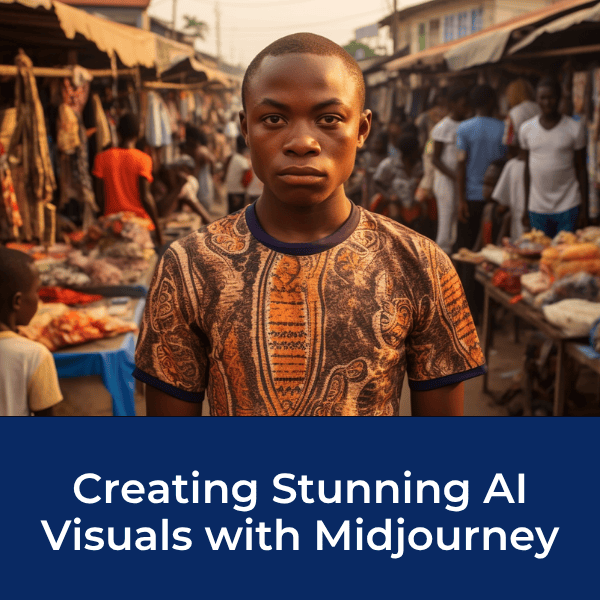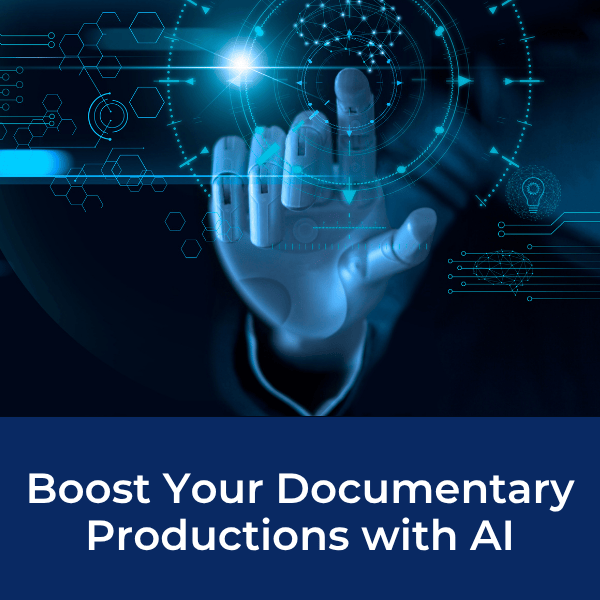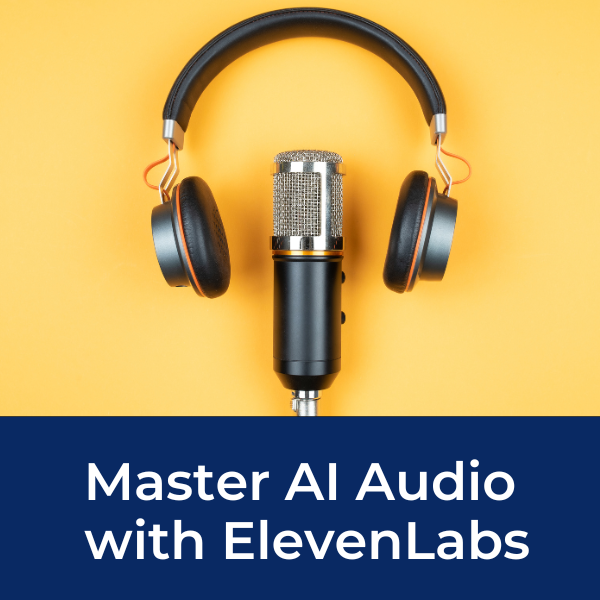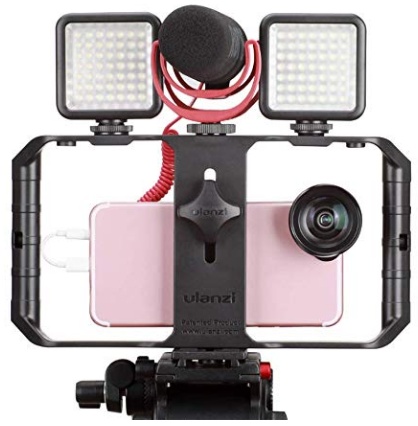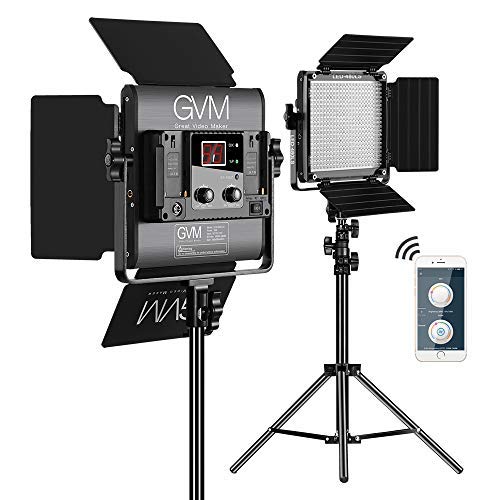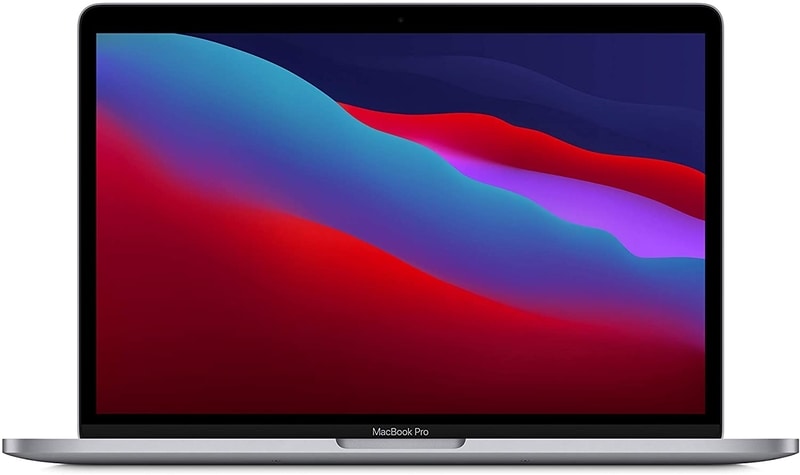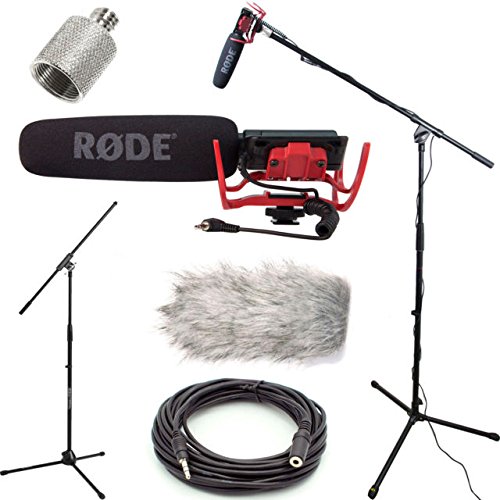Documentary Case Study
"Dead Good" with Rehana Rose
Publish Date: September 1, 2020
Staff Reports
Editor's Note:
We love to brag on filmmakers who are part of the Desktop Documentaries community.
Rehana Rose is our latest success story!
Rehana is the head of a production company in Brighton, UK called Ponder Productions. Her company focuses on both indie films and corporate media.
Her company has been producing short films, both fiction and documentary, the past 15 years.
And after a cinema release last year, she has just released (2020) on Vimeo and Amazon her first full length feature documentary DEAD GOOD which got the endorsement of Emma Thompson!
It's a beautiful, must-watch film.
This Case Study Covers:
- The Documentary Idea
- Gear List
- Challenges, Wins & Surprises
- Post-Production & Music
- Distribution Strategy
- Fundraising Strategy
"Dead Good" Trailer
Where to watch:
https://vimeo.com/ondemand/deadgoodfilm
The Documentary Idea
Question: How did you first come up with the idea for this documentary?
The starting point for this film is a very personal one.
Between 2012 and 2015, three people very close to me died, first and foremost my mother whose funeral I had to arrange - I had never organised one before.
In short succession, I was involved with three very different funerals and realised how little most of us know about our rights and choices around death, mourning and celebrating the life of a loved one.
One of those funerals of a dear young friend of mine, was supported by Cara and her team, which was radically different from the other two and which I experienced as much more positive.
All of my varied experiences and the questions they raised for me were the motivation for this documentary.
So I started to research and immerse myself in that world - meeting and talking with funeral directors, end of life carers, death doulas, hospices, participating in death cafe’s (brilliant) and interviewing some who were terminally ill…
While I didn’t have a clear idea as to how the documentary would evolve, all of these experiences helped me learn about being around those who were dying, the bereaved and those who give so much in the support they provide.
And as I described my intention to these people I was meeting, they in turn mentioned it to others.
Word got around and I was able to, during the three years it took to make the doc, meet then follow three groups of people as they dealt with the death of a loved one.
Rehana's Filmmaking Gear
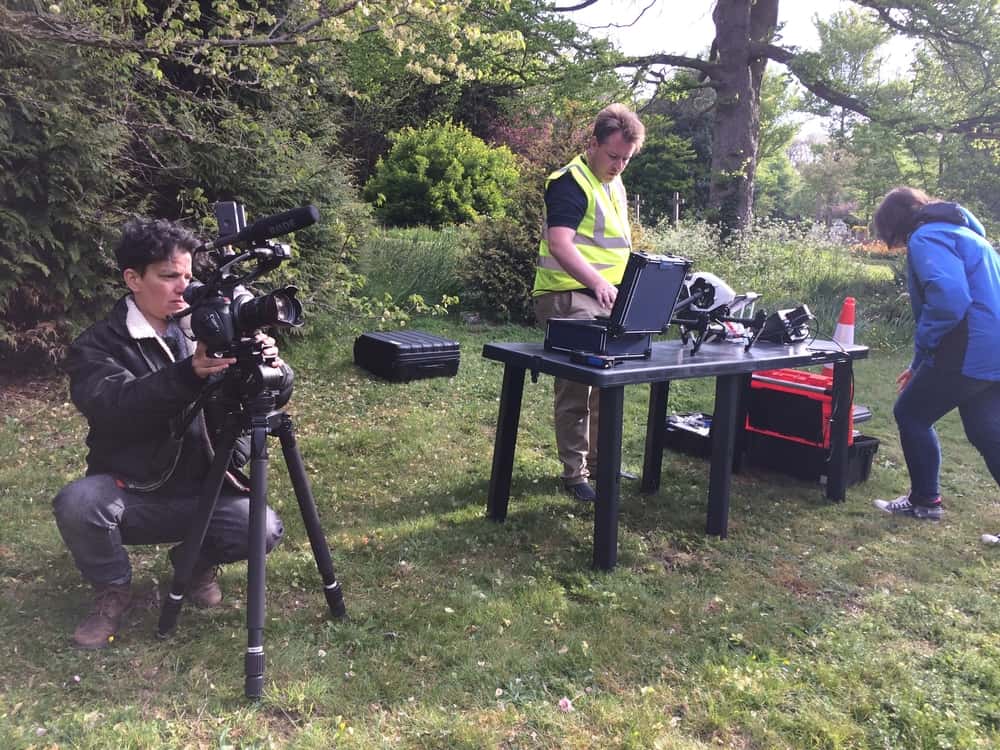 Rehana Rose and crew setting up for the film's opening drone shot.
Rehana Rose and crew setting up for the film's opening drone shot.
Question: Equipment you used to shoot the doc and why you chose each piece.
As I was self-funding I was limited to how much I could spend on equipment.
I had originally made some shorts, playing around on a Canon 7D Mark I.
As I started to film more for this project and realising I didn’t have a good overall knowledge of the camera, I went on a couple of camera courses. The tutors both said I should get a video camera rather than work with the 7D.
So I researched online (and that’s when I discovered Desktop Documentaries!) and then invested in a Canon C100 Mark II with an Atomos Ninja blade to ensure broadcast quality of final HD footage.
With some of the interviews I hired a camerawoman, Lisa Thomson, who shot on her C300 with prime lenses - and those interviews looked particularly lovely.
I had some Sennheiser wireless mics as well as a Rode NTG2 mic directly connected to the C100.
I was running around a lot on my own so needed a solid, but lightweight tripod - my Miller Air tripod was a best buy definitely; easy to carry, fast to set up and feels very solid with the camera equipment on.
I also invested in a Canon EF 70-200mm zoom lens - this was a critical purchase for me - having filmed one funeral with just the 24-70mm lens that came with the C100 package.
I realised that while I wanted to not intrude upon some of the environments I was filming in, I wanted to have the ability to zoom in quite tight on some of the proceedings to capture that raw emotion (from the celebrants and those that had given permission to be filmed as they spoke rather than the congregations).
Oh and a couple of replacement batteries for the camera proved absolutely essential as sometimes I was filming 5-6hrs without the ability to charge the batteries on location...
Challenges, Wins and Surprises
Please share any challenges, wins & surprises
How long have you got!
There were of course many challenges - one that stands out for me was shooting in very low light when I was given permission to film a couple of times during people viewing their loved ones.
Apart from the obvious sensitivity needed during this time, I couldn’t set up any additional lighting - not just because it needed to be the natural setting that the funeral director had created with candles, but also I was only given access to set up the camera in the room literally a few minutes before people came into the space.
I was lucky that the colorist in the grade was able to work her magic with those particular scenes.
Another, was the amount of takes and time it took for me to get the final shot, which I shot on a Panasonic Lumix.
While I was in the edit, I started to think of what the closing shot could be.
I had filmed on Brighton seafront years earlier when I was making a short film about two homeless alcoholics I had met on the beach.
When filming that I loved how the silhouetted people walking past looked…
So I had this beautiful image in my head of the sunset, the starlings, people walking - and creating some reflective time for the end of the film.
But getting that shot took 8 attempts on different days, lying down on the seafront (in October - v cold in UK) shooting a 1hr 30min locked off shot that I would then layer into dissolves.
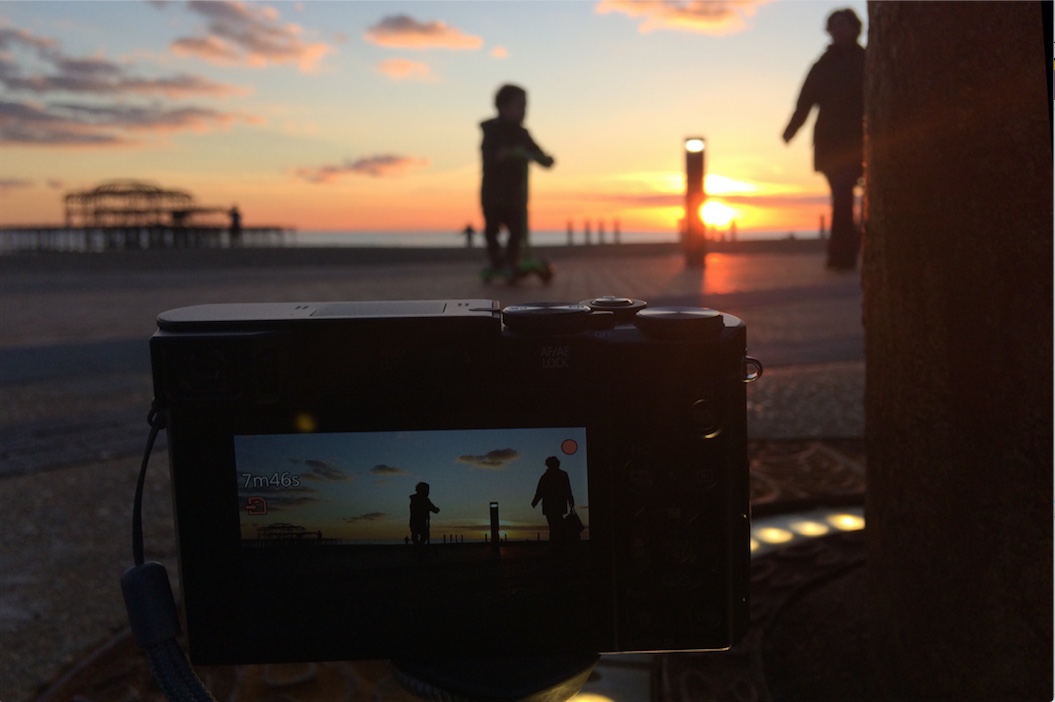 A locked-off shot for DEAD GOOD end sequence.
A locked-off shot for DEAD GOOD end sequence.
Obviously I couldn’t control any of it… so the sun setting didn’t always work as clouds drew in, or the sun went down behind a post or people just stood right in front of the camera, often oblivious to me lying down, as I was in a public space after all.
But I’m very pleased with the end result, as was one film reviewer who said “The final silhouetted montage shot is quite possibly the most beautiful thing you’ll see on a screen all year” (The Fan Carpet).
I think overall, I was so lucky to have met those three groups of people who gave me permission to follow them on their relatively unknown and hugely personal journeys.
"It was a huge risk as a filmmaker..."
One of the things that you’re encouraged to do as a filmmaker is to get a release form signed as soon as possible.
But I just couldn’t ask people who were so vulnerable at the time to do so - so I explained to them that I would need to do so at some point, but I would come back to them in 6-12 months, once I had an edit - and if they decided to change their minds that would be okay.
It was a huge risk as a filmmaker, but I also had to have a clear conscience that I was doing the right thing, and I am glad I did - all three groups of people all signed without hesitation when I eventually met up with them again.
A surprise was the generosity of most of the musicians and publishers I had to contact to get clearances on the tracks that were used within the film.
Many of the tracks were from the actual ceremonies, so the publishers were not only understanding of that, but also aware of my small budget.
I was also ridiculously lucky with one musician in particular - see below re music...
Post Production & Music
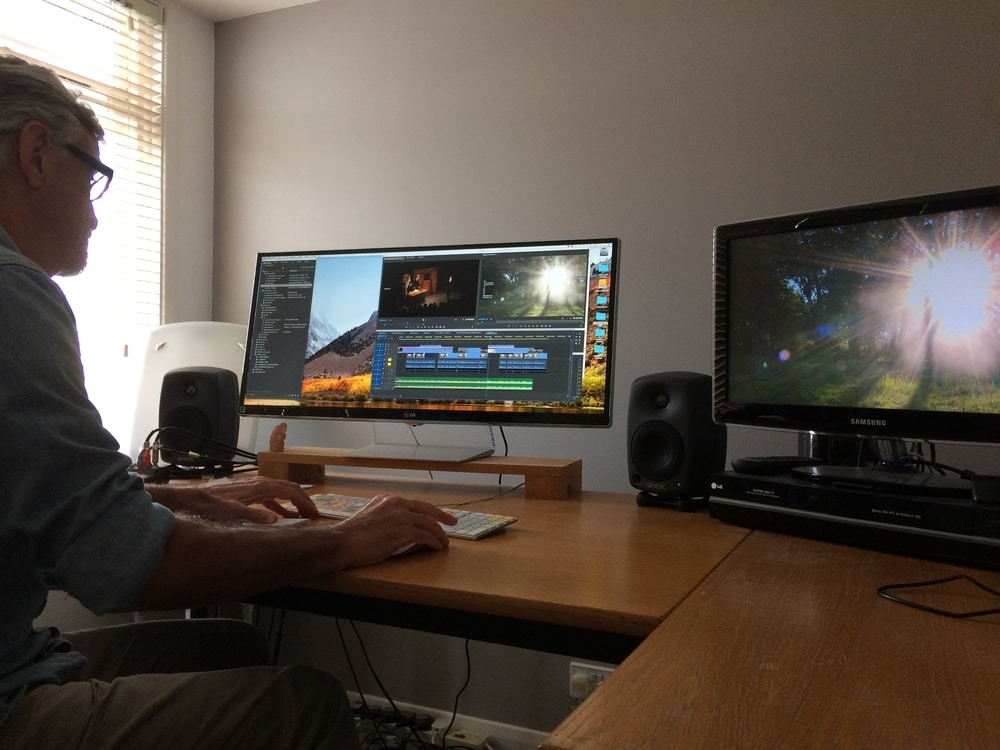 DEAD GOOD editor Alan, hard at work
DEAD GOOD editor Alan, hard at work
Challenges or surprises specifically with music?
As mentioned earlier, I was very lucky with most of the clearances.
Only one track that was played during a funeral ceremony was not used in the final documentary as the (very famous) rights holder wanted to charge nearly £20,000 for 30secs of someone playing the song on a cello… there was a lot of toing and froing including me finally speaking directly to their lawyer in the US, but it was not to be…
Meanwhile, on a far more positive note, Robert Smith of The Cure saw about 12mins of footage I had collated of the filming I had shot very early on… (a friend had put me in touch) and I asked if I could use one of The Cure tracks to close the doc.
Robert was amazing…
He explained it would be more cost effective (due to the band’s agreement with each other re royalties) for him to rerecord the track - and, I still don’t know to this day how I did this, but with my filmmaker's hat on I replied, ‘well, if you are going to rerecord it, will you do a different arrangement?”…
Pictures of You is the closing track to the doc - and it is beautiful - and Robert did it all for free…. I think that’s the nicest, most generous thing anyone has ever done for me - what a star he is.
Distribution Strategy
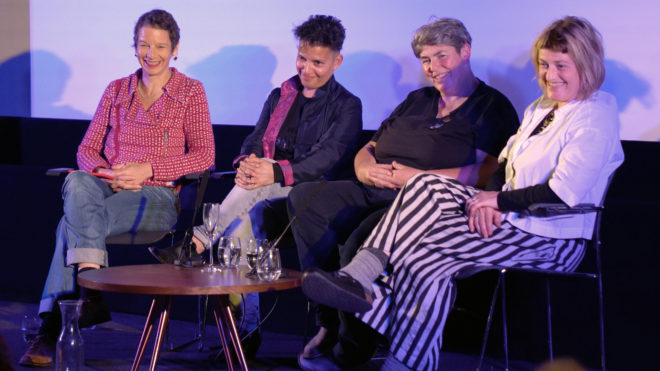 Rehana Rose and DEAD GOOD contributors at Cinecity Film Festival 2018
Rehana Rose and DEAD GOOD contributors at Cinecity Film Festival 2018
Describe your distribution strategy and how you found your audience. Share any challenges, lessons learned.
Filmmaker Naivety episode 1:
When I finished the film I was feeling pretty proud of myself - I was talking to an experienced filmmaker who said "well done, you’ve done the easy part…” I wasn’t quite sure what they meant, until I started to look at trying to get the film distributed…
After sell out screenings at 3 UK festivals I thought we would get a distribution deal.
I approached several distributors, but while people said the film was beautiful they didn’t think there was an audience.
One distributor who specialises in documentary distribution actually said to me that death doesn’t sell so they weren’t interested…
So after getting support from the ‘Distribution Rewired’ filmmaker scheme at the Edinburgh Film Festival I chose to self-distribute to have a cinema release, which basically meant a lot of work working with a cinema booker.
We got quite a few independent cinema screenings and A LOT of Q&As for me to travel around the country which was fab.
We had several sell out screenings and I am now working with a different distributor to get it to broadcast and online.
We have it now available on vimeo-on-demand and amazon prime but it has been a really long and hard journey…
"While it was a hard slog and sometimes deeply demoralising, I like to remember the brilliant things that happened along the way."
Another amazing bit of support came when I was trying to work out how we could market the film.
I agree that a film about death isn’t going to be first choice on most people’s lists, but what I was finding was once people watched it they raved about it and were so glad to have seen it, so we needed someone to tell people what they thought of the film.
Academy award winner Emma Thompson (yes, that Emma Thompson) had seen one of my short docs several years ago and had been very complementary about it (On Stony Ground about two homeless alcoholics).
So I wrote to her people asking if she might watch it to give her thoughts. Obviously this is a big ask compared to watching a short film.
They explained she was really busy so it may take a couple of months, but lo and behold two weeks later I had an email from Emma and she was so very lovely about the film and said she would do what she could to support it… so…. I asked if she would do a piece to camera so we could use her on the trailer to try and encourage people to see it during its cinema release.
I was somewhat nervous when I met to film her (I had a very short slot during the time she was filming a feature in London) but she was absolutely fantastic and so, so generous...
Fundraising Strategy
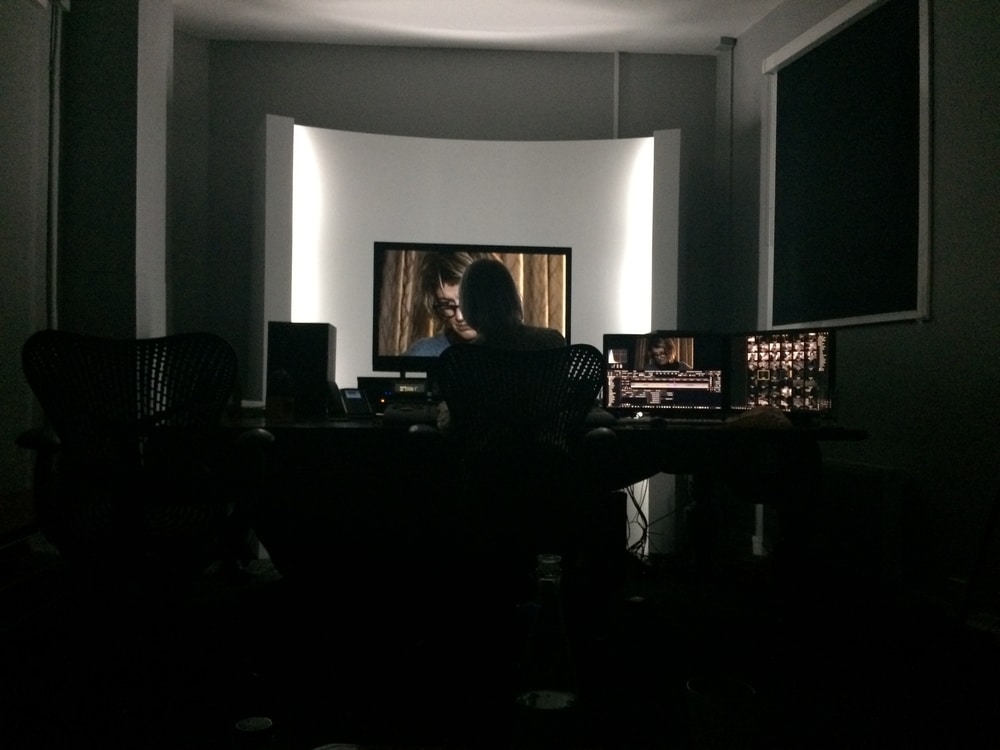 DEAD GOOD colorist Claire working her magic
DEAD GOOD colorist Claire working her magic
What was your fundraising strategy? Any specific challenges or lessons learned?
Filmmaker Naivety episode 2:
I think I was quite naive with my funding strategy!
In the early stages of filming, I made applications to several organisations, both UK and US, but to no avail.
There are so many documentary filmmakers and limited resources financially, never mind trying to explain that a documentary about death would be a positive and uplifting experience…
And one of the hardest things was the time it takes to get any response and then the continuous rejections without any reasons given.
I also didn’t feel comfortable setting up a gofundme page for a film, as there are so many other important causes (and films) and as I earn my main income from writing and producing screen content for large global corporate events, I decided to fund it myself (like so many other filmmakers have to do :)
Editor's Note: Rehana is enrolled in our Documentary Pitch Template Package and Legal Forms & Contracts [Multi-Pack]: "I loved the courses, so easy, accessible (great value for money) and really useful..."
Film Stats
 DEAD GOOD cinema poster at sell-out festival screening
DEAD GOOD cinema poster at sell-out festival screening
DEAD GOOD: Quick Filmmaking Stats
- How long to make the documentary: Approx 3 years
- How many people interviewed: Approx 15 over the three years
- How many hours of footage shot: Approx 50 hours
- How many months of editing: 3 months
- How many miles traveled:Under 500 miles
- Cost to make the film: Approx £90,000
- Film Festivals: Brighton, Belfast and Glasgow Film Festivals
About Rehana Rose
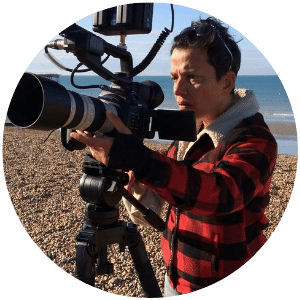
Rehana Rose is the director of DEAD GOOD, a feature documentary about those dealing with the dead.
She has been making short films, both fiction and documentaries, through her video production company Ponder Productions in Brighton, UK since 2005.
Her next documentary project has just recently been announced: Bloody Brilliant.
Past Films:
Rehana Rose discusses her film DAYS OF AWE with Iris TV.
Connect with Rehana Rose:
@RehanaPondering
@DeadGoodFilm
http://www.deadgoodfilm.com
http://ponderproductions.com
Documentary Case Studies Collection
CASE STUDIES: 50 Documentary, Unscripted & Reality Series Projects
by Peter Hamilton, Documentary Business
Other Articles You May Enjoy
- Documentary Case Study: "Bernie Blackout" (2020) For VICE TV
- How To Get Your Documentary On Netflix: 4 "Must-Haves"
- Top 3 Business & Marketing Tips For Filmmakers
Filmmaking Quick Links
Ready To Make Your Dream Documentary?
Sign up for our exclusive 7-day crash course and learn step-by-step how to make a documentary from idea to completed movie!
